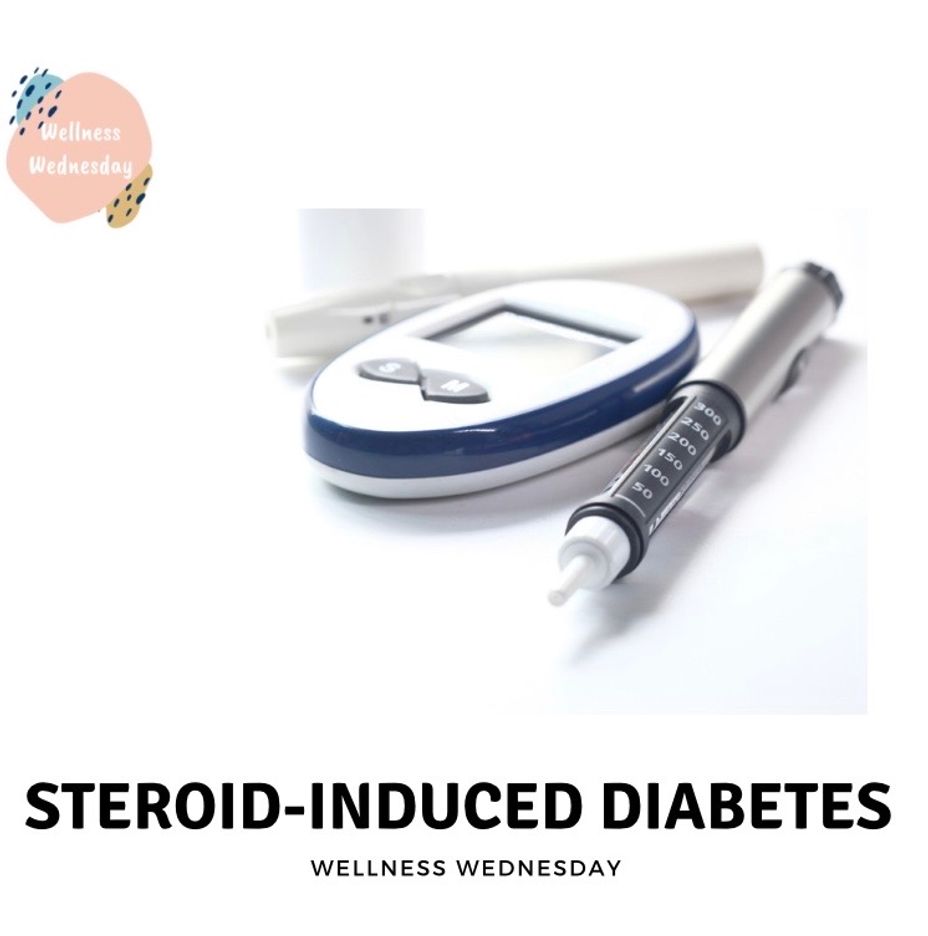Mercer County NAMI Walk
Hi Everyone! I am not sure where any of you are located, but on May 18th 2024 there is a National Alliance of Mental Health walk that I participate in every year.
I was wondering if there is anyone here who would like to join my team? My team is The Mighty Minds. :) We will walk to help stigma on Mental Illness. If anyone would like to join or donate to my team I will put the link below.
It would be so cool to have you guys there. I'd love for anyone to be a part of Mighty Minds!!!
www.namiwalks.org/participant/Rachel-Tepper
If the link doesn't work you can message me on here and we will figure it out. I'd love for you to join. ❤️
#MentalHealth #BipolarDepression #Depression #Anxiety #CushingsSyndrome #OpticNeuritis #MultipleSclerosis #Steroids #Sarcoidosis




